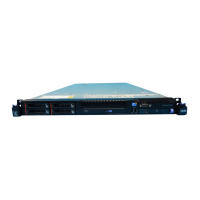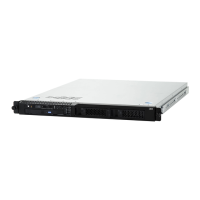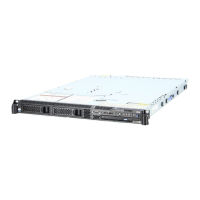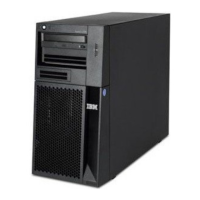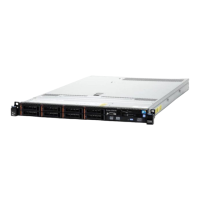↓ Ask your next level of support for assistance.
This ends the procedure.
5. Have one or more devices been moved to this I/O card from another I/O card?
Yes No
↓ Ask your next level of support for assistance.
This ends the procedure.
6. Do you want to continue using these devices with this I/O card?
Yes No
↓ Remove the devices from the I/O card (see “Start Disk Service Here”
on page 894).
Note: You can remove disk units without installing another disk unit,
and the system will continue to operate.
This ends the procedure.
7. Initialize and format the disk units.
Attention: Data on the disk unit will be lost.
Perform the following:
a. Access SST or DST.
b. Select the Work with disk units option.
Did you get to DST with a Type D IPL?
Yes No
↓ Select the Work with disk unit recovery option.
Then continue with the next step of this procedure.
c. Select the Initialize and format disk unit option for each disk unit. When the
new disk unit is initialized and formatted, the display shows that the status
is complete. This may take 30 minutes or longer.
d. The disk unit is now ready to be added to the system configuration.
This ends the procedure.
SDIOP-PIP27
Introduction:
Note: Determine if the system has logical partitions. Go to “Determining if the
System Has Logical Partitions” on page 943, before continuing with this
procedure.
Note: If the system has logical partitions, perform this procedure from the logical
partition that reported the problem.
You were sent to this procedure with a unit reference code of 9051.
Note: For some storage I/O adapters, the cache card is integrated and not
removable.
I/O card cache data exists for a missing or failed device. The possible causes are:
v One or more disk units have failed on the I/O card.
SDIOP PIPs
Chapter 3. Problem Isolation Procedures (PIPs), Failing Items, and Symbolic FRU Isolation 429

